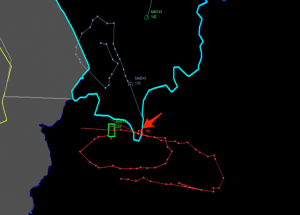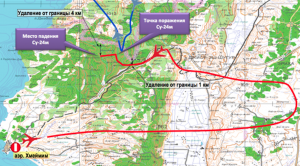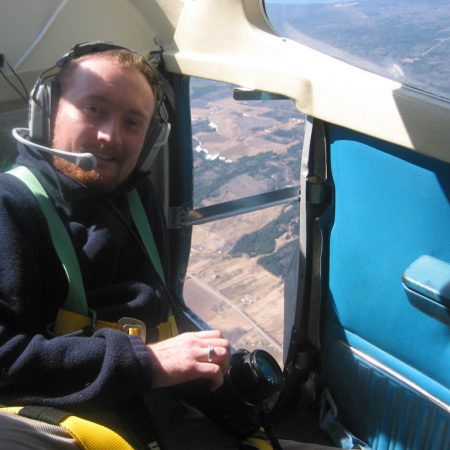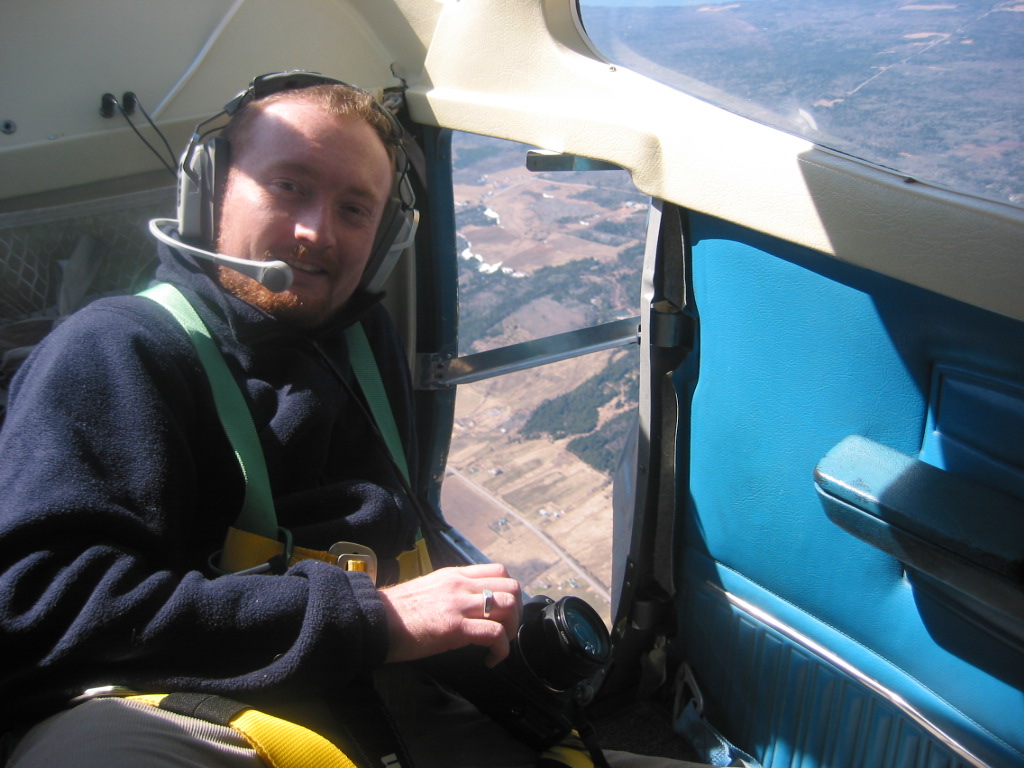Turkey VS Russia: which map do you believe?
This week Turkish F-16s took out a Russian military jet along the Turkish-Syrian border. Turkey is a NATO member and any conflict with Russia could immediately trigger the collective defense clauses of all NATO members. Canada is a NATO member so you should be paying attention.
I’m not going to go through all the details, but If you want to get a good idea about what has happened read the two articles below:
Turkey Shoots Down Russian Warplane Near Syrian Border
Russian warplane shot down near Turkey-Syria border
What is really interesting from a geomatics standpoint is Turkey and Russia are both arguing their case as to who is to blame for this “incident,” using maps. The argument Turkey is making is Russia invaded their airspace and the plane had been warned. So they shot it down. Russia is going with the story that they never invaded the airspace and Turkey was aiding “terrorists” by this act.
So lets have a look at the maps they provided:
 This first map is the one Turkey has put out defending their actions.
This first map is the one Turkey has put out defending their actions.
We see the blue lines are the territorial borders of Turkey and the big red arrow is showing us where the Russian plane passed through Turkish airspace.
 The map above is the one the Russians have put out.
The map above is the one the Russians have put out.
Russia is using this next map which show a different flight path to the one Turkey has presented.
My first thought is the Turkish map is some sort of screen grab of an air-traffic system. Good choice on their part. This map has a definite air of truthiness to it. In contrast, Russia is using the equivalent of an NTS map-sheet to make their case. Russia could have made a much stronger case if they had put out a map that was from some sort of navigation software than this. If Russia did have evidence they had not violated the airspace why would they not have done what Turkey has done and provided it from their navigation systems. Perhaps they did not have enough time to produce this evidence and it will come out in the next few days? What we should be watching for in the days ahead is how these maps evolve and are used to define the conflict that has taken place. Should make for some interesting maps ahead.








I think is a very bad idea to post mainstream US propaganda on this web site. This is a very important international issue and is not yet very clear who is who and the role they play. People will quit GoGeomatics for this reason.
Propaganda? Really? I find it hard to classify this GoGeomatics article as propaganda when it is showing two opposing views (maps) of the same incident. Yes there is opinion expressed about each map but it is clearly expressed as opinion and not presented as facts.
How is this anti United States? It shows 2 conflicting maps from 2 different sources. It’s simply an example of the importance in the accuracy of maps, and how they can be used to influence.
It’s a staple in most cartographer’s library, but everyone should read Mark Monmonier’s book How to Lie with Maps. There’s 2 sides with very different maps, and one of them is lying. Great short piece, Jon.
How to lie with Maps is a very relevant book. Thanks for mentioning it.
It’s an interesting thought. Neither side has been do foolhardy as to use Google Earth to stake a claim like Nicaragua did a few years back against Costa Rica. But if I looked at this in an abstract sense (ignoring that it’s Russia vs a NATO ally), it would be very difficult for myself to determine who’s side was telling the truth and which one was lying.
Jon, you are dead on when you say that the first map appears credible. But on the other hand, we all use Arc, and most of us have also played with illustrator. It wouldn’t be that hard to upload the data into Arc, and do a bit of a shift for some of the vertices. For the other map, it looks like a drawing on a raster map. It’s easy to say that both maps could have been fudged.
In a case where it’s “he-said vs she-said”, is there any way of proving which map is true without having to resort to the fighter-bomber’s black box?
Thanks for the comment Brian. It is very much he said she said situation. I wanted to get the maps out there though as it is an interesting and current use of maps to support one story or another.
What references exist on the history of maps in military conflict? You post an item worthy of debate. Yes, this should make for some interesting maps ahead but I do not believe, as opposed to Camilo, that posting such articles “People will quit GoGeomatics for this reason”. In fact I think the opposite would be true. There exists more history and back story than meets the eye.
I think by having this discussion, it does the opposite of buying into anyones propoganda Camilo, it allows free and public discourse between parties with the evidence and media reports currently available. Its a neutral article that does point out the difference between how two groups portray thier position and how maps and the software used to make them can be so different yet of the same thing. I also agree with Mr Bancroft that either side could manipulate things to make thier case that they were correct with thier actions. Like the Malaysian aircraft that was downed in the Russian-Ukranian conflict, you will never really get a clear and definitive answer to this question, i think. good article Jon.